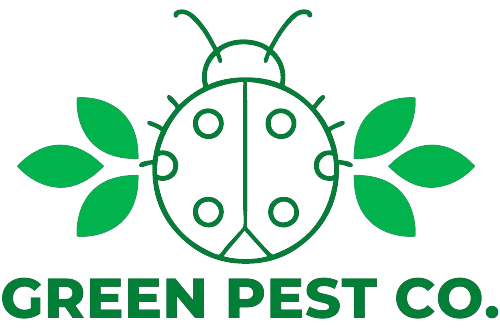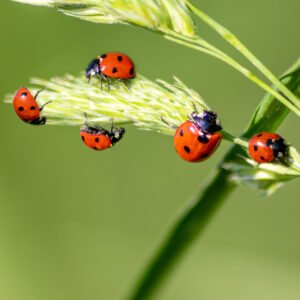Introduction
When it comes to pest control, it’s important to find a balance between managing pests effectively and minimizing harm to the environment and human health. Integrated Pest Management (IPM) is a holistic approach that achieves this balance by using a combination of strategies to control pests. In this article, we will explore the concept of IPM and how it can be used for effective pest control.
What is Integrated Pest Management (IPM)?
Integrated Pest Management (IPM) is a comprehensive and sustainable approach to pest control that focuses on long-term prevention and management of pests. It involves the use of multiple strategies, including biological, cultural, physical, and chemical controls, to minimize pest damage while reducing reliance on pesticides.
The Principles of IPM
IPM is based on several key principles:
- Monitoring and Identification: Regular monitoring and accurate identification of pests are crucial for effective IPM. This helps determine the appropriate action to take and the most effective control methods to use.
- Prevention: IPM emphasizes preventing pest problems before they occur. This can be achieved through practices such as proper sanitation, exclusion techniques, and the use of pest-resistant crops.
- Thresholds: IPM uses economic, aesthetic, or ecological thresholds to determine when action needs to be taken. It ensures that control measures are only implemented when necessary, minimizing unnecessary pesticide use.
- Control Methods: IPM employs a combination of control methods, including biological control (using natural enemies to suppress pests), cultural control (modifying the environment to make it less favorable for pests), physical control (using barriers or traps), and chemical control (using pesticides as a last resort).
- Evaluation: Regular evaluation of the effectiveness of IPM strategies is essential. This allows for adjustments and improvements to be made based on the results.
The Benefits of IPM
Implementing IPM has numerous benefits:
- Reduced Pesticide Use: By using a combination of strategies, IPM reduces the reliance on pesticides, which can be harmful to the environment and human health.
- Cost-Effectiveness: IPM focuses on long-term prevention and management, which can lead to cost savings in the long run by reducing the need for constant pesticide applications.
- Protection of Beneficial Organisms: IPM promotes the conservation of beneficial organisms, such as pollinators and natural enemies of pests, which are essential for a healthy ecosystem.
- Minimized Resistance: By using multiple control methods, IPM reduces the risk of pests developing resistance to pesticides, ensuring their continued effectiveness.
- Improved Crop Quality: IPM helps maintain the quality and marketability of crops by minimizing pest damage and reducing the presence of pesticide residues.
Implementing IPM
Implementing IPM requires a combination of knowledge, planning, and ongoing monitoring. Here are some steps to consider:
- Educate Yourself: Learn about the pests in your area, their life cycles, and their vulnerabilities. Understand the principles and strategies of IPM.
- Monitor and Identify: Regularly inspect your property for signs of pests and accurately identify them. Keep records of pest populations and damage levels.
- Set Action Thresholds: Determine the pest population levels at which action needs to be taken. This will help you decide when and what control methods to use.
- Use a Combination of Strategies: Employ a variety of control methods, starting with the least harmful options. Consider biological control, cultural practices, physical barriers, and targeted pesticide applications when necessary.
- Evaluate and Adjust: Regularly evaluate the effectiveness of your IPM program. Make adjustments as needed based on monitoring data and feedback from stakeholders.
Conclusion
Integrated Pest Management (IPM) is a holistic and sustainable approach to pest control that emphasizes prevention, monitoring, and the use of multiple control methods. By implementing IPM, we can effectively manage pests while minimizing harm to the environment and human health. Whether you are a homeowner, farmer, or business owner, adopting IPM practices can lead to long-term pest control solutions that are both effective and responsible.



